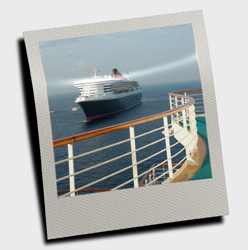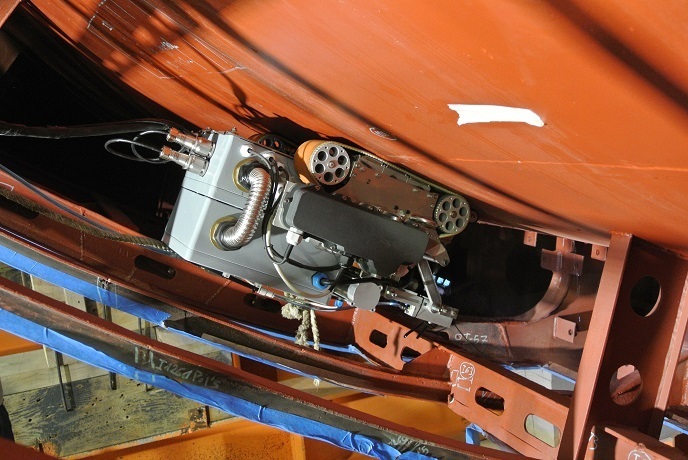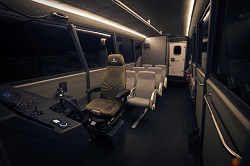Reducing motion sickness on board passenger ships
Ships for leisure or transportation have continued to develop over the last 25 to 30 years making travelling by sea faster, safer and more comfortable in terms of facilities. However, motion sickness standards were not updated to reflect improvements. The operation of passenger ships is a highly competitive business and the ability to provide greater comfort even under poor weather conditions can give operators a competitive advantage. Although ships are capable of operating during severe weather many sailings are cancelled due to concerns for passengers' safety and comfort. The COMPASS project creating a prediction model and a set of realistic standards that will provide greater safety and comfort for passengers and crew. The project's findings can also enable ferries, cruise ships and HSC (high speed craft) to operate more efficiently. The COMPASS consortium comprised 11 partners from 7 different EU countries who were leading experts in their fields. The Italian Ship Research Centre (CETENA), a project partner, developed a long-term monitoring system for evaluating comfort aboard ship. The system comprised a set of accelerometers, a wave meter and a PC unit for data acquisition and processing through the use of specialised software. The equipment can be used to continuously monitor comfort levels and operating conditions such as speed and wave height. The ship operator can then make the necessary adjustments to operating guidelines in order to enhance comfort and safety.





